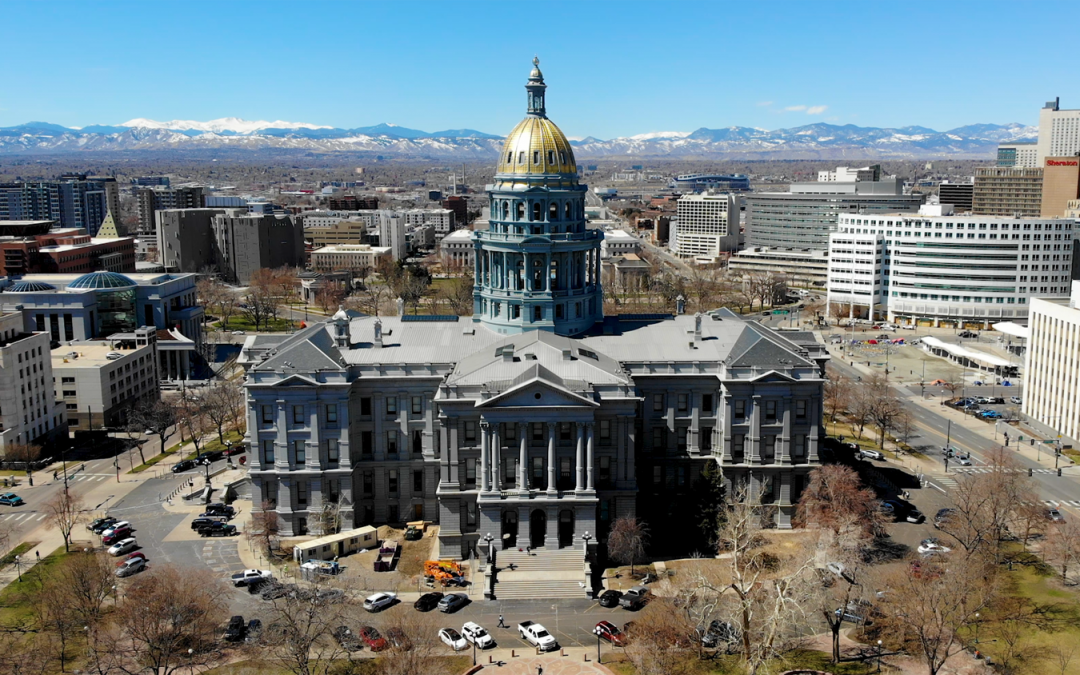Colorado has spent $389 million in the past two years on programs designed to help stave off future water shortages even as the state continues to grow.
From July 2022 through July 2024, the Colorado Water Conservation Board funded $232.7 million in loans and awarded $156.3 million in grants, and completed about 20% of the projects and activities the Colorado Water Plan has identified as necessary to ensure the state has enough water in decades to come.
The news came Tuesday as part of a water plan status update presented to the Colorado Water Conservation Board. The board is responsible for putting the plan into action and channeling loans and grants to dozens of major programs, including drought planning for farmers, turf replacement for homeowners and businesses, and helping prepare mountain watersheds and forests for wildfire.
The idea to create a comprehensive plan to guide how Colorado could grow and simultaneously protect its water supplies emerged in 2013 and was championed by then-Gov. John Hickenlooper.
The first water plan was completed in 2015 and was based on a range of studies that forecast major water shortages in the coming years. Those shortages could be as much as 740,000 acre-feet of water, under a worst-case planning scenario, or far lower if growth slows and climate change impacts are less than expected. One acre-foot of water equals nearly 326,000 gallons, enough water to serve at least two urban homes for one year
The state wants to have most of the plan fully implemented by 2033, although the water projects and planning efforts it funds will likely take longer than that to complete, CWCB spokeswoman Katherine Weeman said.
James Eklund, a water attorney and the former director of the CWCB, said the update was useful, but that the state needs to provide more detail on whether the main challenge, reducing major water shortages projected to occur by 2050, is being addressed.
“This update really reflects important strides in funding, collaboration and local engagement,” Eklund said. He oversaw the development of the water plan when work began in 2013.
“But it’s lacking in the major objective that was part of the original plan. And that makes it harder to assess whether we are closing the gap or not,” he said, referring to the looming shortages.
Finding money to solve Colorado’s water problems remains a concern as the state faces a budget crisis and federal funding is in doubt. “There are a lot of pieces in play,” said Kat Weismiller, the chief of the CWCB’s water supply planning section.
Voters agreed last November to increase the amount of tax revenue the state earns from sports betting and channels it to the CWCB for grants. Those funds have grown dramatically since the new law was approved in 2019. This year gaming is expected to generate roughly $37 million, according to the governor’s office.
Even so, Weismiller, said the agency will need an additional $1.5 billion to fulfill its obligations under the water plan over the next 30 years, with water utilities and taxpayers picking up the remaining costs. In all, the CWCB estimates that meeting future demands will cost $20 billion.
What the CWCB funds “will support closing that gap, but we don’t build projects. We’re putting the ask out now to our partners to start mobilizing to do that work,” Weismiller said.



 Print
Print